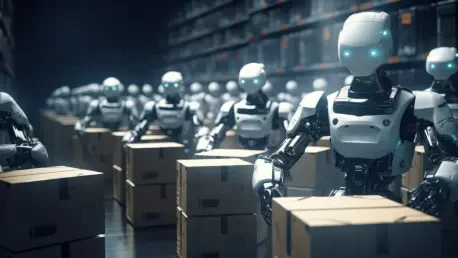
The relentless rhythm of packages moving through a logistics hub is about to encounter a significant technological shift, underscored by a major new investment from one of the industry's giants. United Parcel Service is committing $120 million to acquire approximately 400 truck-unloading robots, a
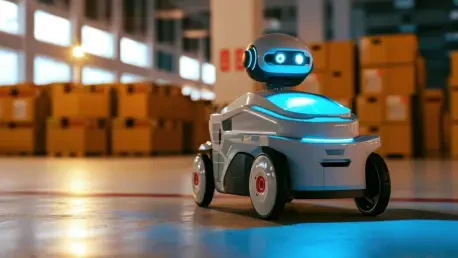
The recent announcement of the annual Readers' Choice Awards for warehouse products provides a uniquely clear and compelling snapshot of an industry in the midst of a profound transformation, revealing where thousands of frontline professionals are focusing their attention and, more importantly,
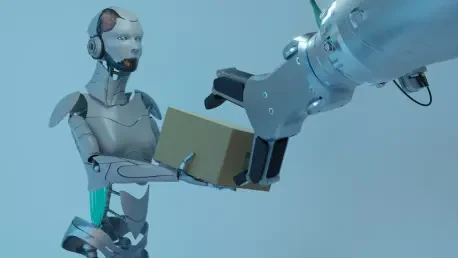
Imagine a world where American innovation, once the cornerstone of global technological advancement, struggles to keep pace with competitors due to staggering cost disparities and a lack of strategic support. This isn’t a distant dystopia but a pressing reality for U.S. robotics manufacturers
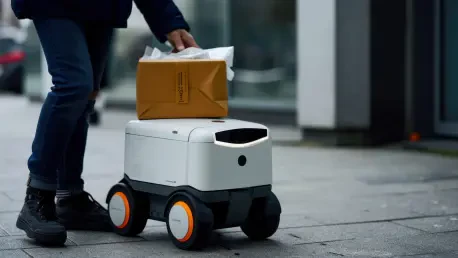
Americans now expect groceries ordered at lunch to appear by dinner, often within an hour, yet the robots built to make that promise profitable struggled when miles stretched long and density thinned across suburbia and exurbia. That tension—speed at the doorstep versus distance in the
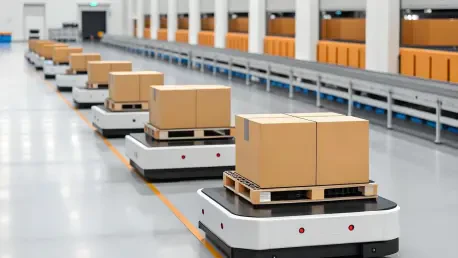
Setting the Competitive Landscape In an era where retail giants battle for efficiency and speed, Walmart emerges as a frontrunner with its ambitious automation strategy, transforming the supply chain landscape and setting new standards for operational excellence. With over 60% of its U.S. stores
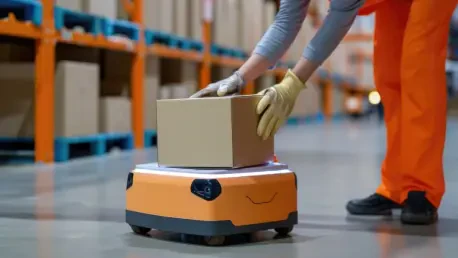
Introduction to Warehouse Automation: Why It Matters In today's fast-paced supply chain landscape, warehouse automation stands as a cornerstone of efficiency, with over 80% of fulfillment centers adopting some form of automated technology to meet soaring consumer expectations and address rising
1 2 3 4 5 6 7 8 9 10 11 12 13 14 15 16 17 18 19 20 21 22 23 24